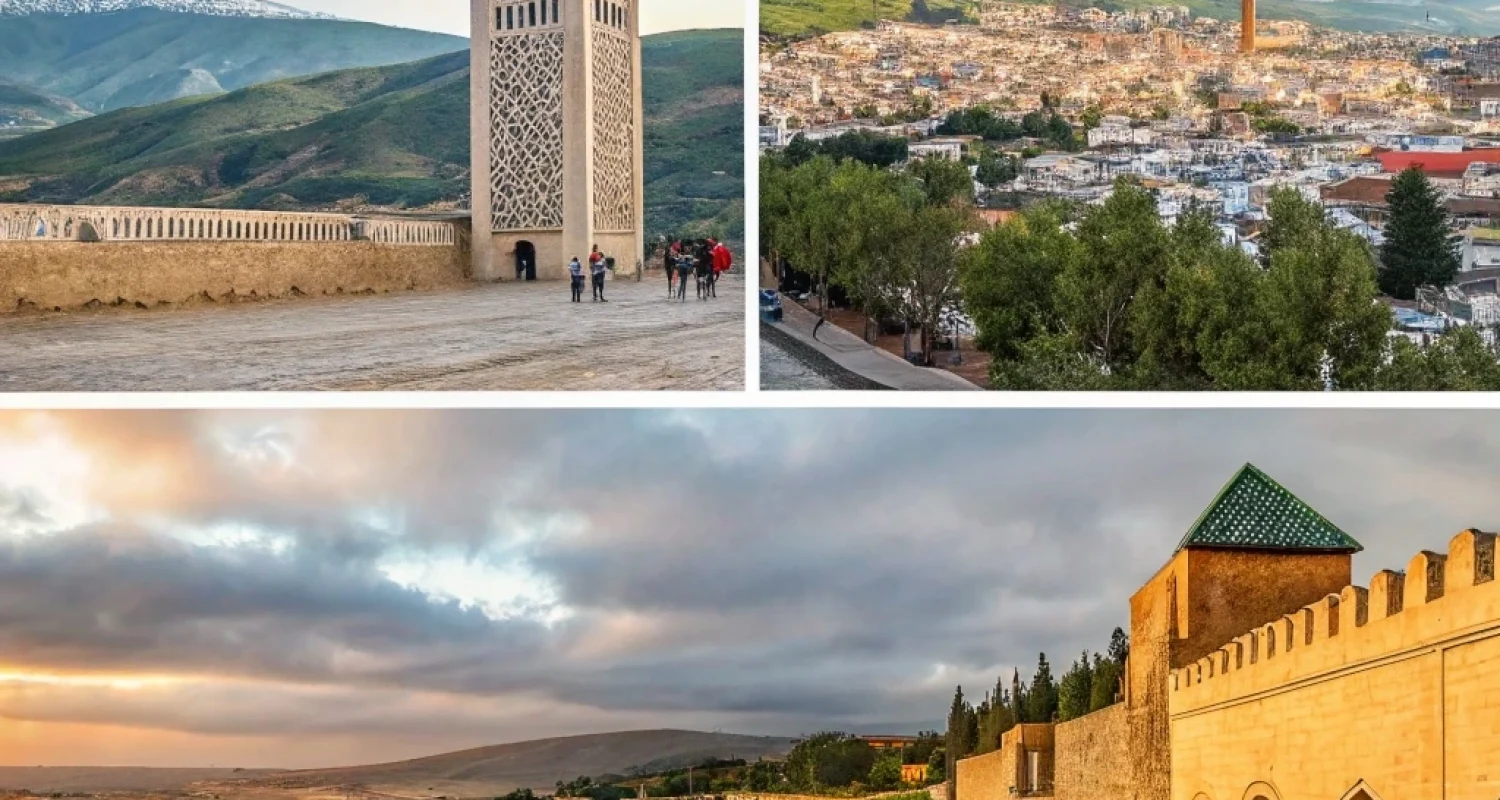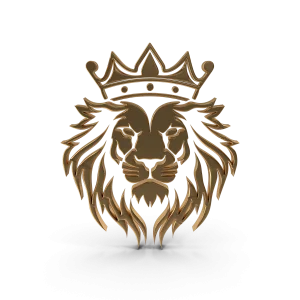Home / Single Post
Recent Blog
Ready to explore the world?

Morocco Travel: Best Time to Visit Ifrane and its Region: A Seasonal Guide
Planning your Morocco travel adventure to Ifrane? Known as the “Switzerland of Morocco,” this enchanting mountain town offers a refreshing escape from the typical desert landscapes associated with Moroccan tourism. Your Morocco travel experience to Ifrane and its surrounding region promises Alpine-style architecture, pristine forests, and seasonal beauty that rivals European destinations—all within the diverse kingdom of Morocco.
Located in the Middle Atlas Mountains, Ifrane presents travelers with a unique facet of Morocco travel that many visitors never discover. This comprehensive seasonal guide will help you determine the optimal time to explore this remarkable region, ensuring your Morocco travel itinerary captures the very best of what Ifrane has to offer.
Understanding Ifrane’s Unique Climate and Geography
Ifrane sits at an elevation of 1,665 meters (5,463 feet) above sea level, creating a distinctly different climate from Morocco’s coastal cities and desert regions. This highland location makes Morocco travel to Ifrane a year-round possibility, though each season offers dramatically different experiences.
The region’s geography features dense cedar forests, pristine lakes, and rolling hills reminiscent of European landscapes. Unlike typical Morocco travel destinations, Ifrane experiences four distinct seasons, with snow-covered winters and mild summers that provide respite from the intense heat found elsewhere in the country.
The surrounding Middle Atlas region encompasses several national parks, including Ifrane National Park, which spans over 500 square kilometers and houses Morocco’s largest cedar forest. This makes the area a biodiversity hotspot and an essential destination for nature-focused Morocco travel experiences.
Spring in Ifrane (March – May): Nature’s Awakening
Spring represents one of the most spectacular times for Morocco travel to Ifrane. As winter’s snow melts, the region transforms into a vibrant tapestry of wildflowers, flowing streams, and emerging wildlife.
Weather Conditions:
- Average temperatures: 8°C to 18°C (46°F to 64°F)
- Rainfall: Moderate, with occasional spring showers
- Daylight: Increasing from 12 to 14 hours daily
Why Spring Excels for Morocco Travel to Ifrane:
The mild temperatures make outdoor activities comfortable without the extreme cold of winter or the occasional summer heat. Hiking trails become accessible as snow melts, revealing cascading waterfalls and blooming meadows that photographer-focused Morocco travel enthusiasts absolutely adore.
Spring brings the region’s famous Barbary macaques out of winter dormancy, making wildlife viewing exceptional. These endangered primates, found nowhere else in Africa, become more active and visible throughout the cedar forests surrounding Ifrane.
Spring Activities and Attractions:
- Hiking in Ifrane National Park among blooming wildflowers
- Photography tours capturing the contrast between snow-capped peaks and green valleys
- Birdwatching for migratory species returning to the region
- Exploring the nearby Michlifen Ski Resort area (though skiing season typically ends by March)
Summer in Ifrane (June – August): Cool Mountain Refuge
Summer transforms Ifrane into Morocco’s premier cool-weather retreat, making it an essential Morocco travel destination for those seeking respite from the country’s intense summer heat. While coastal cities like Marrakech and Fez swelter in temperatures exceeding 40°C (104°F), Ifrane maintains comfortable conditions perfect for extended exploration.
Weather Conditions:
- Average temperatures: 15°C to 25°C (59°F to 77°F)
- Rainfall: Minimal, with clear skies predominating
- Daylight: Up to 15 hours of sunshine daily
Summer’s Morocco Travel Advantages:
The season offers the longest daylight hours, maximizing time for outdoor activities and sightseeing. Clear skies provide excellent visibility for mountain photography and stargazing opportunities that rival any Morocco travel experience.
Summer’s dry conditions make all hiking trails accessible, including challenging routes to remote areas of the Middle Atlas that remain inaccessible during other seasons. The comfortable temperatures allow for multi-day trekking adventures without the physical stress of extreme heat or cold.
Summer Activities and Highlights:
- Multi-day trekking expeditions in the Middle Atlas Mountains
- Lake Dayet Aoua boating and picnicking during peak season
- Mountain biking on well-maintained forest trails
- Camping under some of Africa’s clearest night skies
- Visiting traditional Berber villages in the surrounding mountains
Autumn in Ifrane (September – November): Golden Splendor
Autumn presents arguably the most photogenic time for Morocco travel to Ifrane, as the region’s extensive forests explode in brilliant fall colors. The combination of comfortable temperatures, clear skies, and spectacular foliage creates optimal conditions for both relaxation and adventure.
Weather Conditions:
- Average temperatures: 10°C to 20°C (50°F to 68°F)
- Rainfall: Light and infrequent
- Daylight: Decreasing from 13 to 10 hours daily
Autumn’s Unique Morocco Travel Appeal:
The moderate temperatures provide ideal conditions for extended outdoor activities without summer’s occasional heat or winter’s cold challenges. Professional photographers consider autumn the premier season for capturing Ifrane’s natural beauty, as golden light filters through colorful canopies creating magical forest scenes.
Wildlife viewing reaches another peak during autumn as animals prepare for winter, making them more active and visible. The famous Barbary macaques become particularly photogenic against the backdrop of autumn foliage.
Autumn Experiences and Activities:
- Forest photography workshops focusing on fall colors
- Harvesting seasonal products like apples and walnuts in local orchards
- Hiking to remote viewpoints for panoramic autumn vistas
- Cultural festivals celebrating the harvest season in nearby villages
- Thermal spring visits as temperatures begin cooling
Winter in Ifrane (December – February): Morocco’s Alpine Wonderland
Winter transforms Ifrane into a snow-covered wonderland that challenges every preconception about Morocco travel. The region becomes the country’s primary winter sports destination, offering skiing, snowboarding, and other snow-based activities rarely associated with North African travel.
Weather Conditions:
- Average temperatures: -5°C to 10°C (23°F to 50°F)
- Snowfall: Regular, with snow cover typically lasting from December through March
- Daylight: Shortest period, approximately 9-10 hours daily
Winter’s Distinctive Morocco Travel Experience:
Snow-covered cedar forests create ethereal landscapes that feel transported from European Alpine regions. The contrast between Ifrane’s winter wonderland and Morocco’s desert regions provides travelers with incredibly diverse experiences within a single country.
Michlifen Ski Resort, located just outside Ifrane, offers Morocco’s primary winter sports facilities. While modest compared to European ski destinations, it provides a unique Morocco travel experience combining African hospitality with Alpine activities.
Winter Activities and Attractions:
- Skiing and snowboarding at Michlifen Ski Resort
- Snowshoeing and winter hiking in Ifrane National Park
- Photography of snow-covered Barbary macaques (a rare sight globally)
- Cozy evenings by fireplaces in traditional Moroccan riads
- Exploring ice-covered lakes and frozen waterfalls
Practical Morocco Travel Tips for Ifrane
Getting There: Ifrane lies approximately 60 kilometers south of Fez, making it easily accessible by rental car or organized tour from major Moroccan cities. The drive from Fez takes about one hour through scenic Middle Atlas landscapes.
Accommodation Options: From luxury hotels resembling European chalets to traditional Moroccan riads, Ifrane offers diverse accommodation options suitable for various Morocco travel budgets. Book in advance during peak seasons (summer and winter holidays).
Packing Essentials: Unlike typical Morocco travel destinations, Ifrane requires layered clothing regardless of season. Even summer evenings can be cool, while winter necessitates full cold-weather gear including waterproof boots and warm jackets.
Cultural Considerations: While Ifrane feels distinctly European in architecture and climate, remember you’re still in Morocco. Respect local customs, dress modestly when visiting villages, and learn basic Arabic or French phrases to enhance your Morocco travel experience.
Conclusion: Choosing Your Perfect Ifrane Season
Your ideal time for Morocco travel to Ifrane depends entirely on your interests and tolerance for different weather conditions. Spring and autumn offer the most balanced experiences with comfortable temperatures and stunning natural beauty. Summer provides the best weather for outdoor adventures and extended exploration, while winter offers the unique experience of snow-covered Morocco that few travelers ever witness.
Regardless of when you choose to visit, Ifrane and its region will reward you with a Morocco travel experience unlike any other—one that expands your understanding of this diverse North African kingdom while providing memories of Alpine beauty in an unexpected location.
Plan your Morocco travel adventure to Ifrane thoughtfully, considering both seasonal variations and personal preferences, and prepare to discover a side of Morocco that will forever change your perspective on this remarkable destination.

